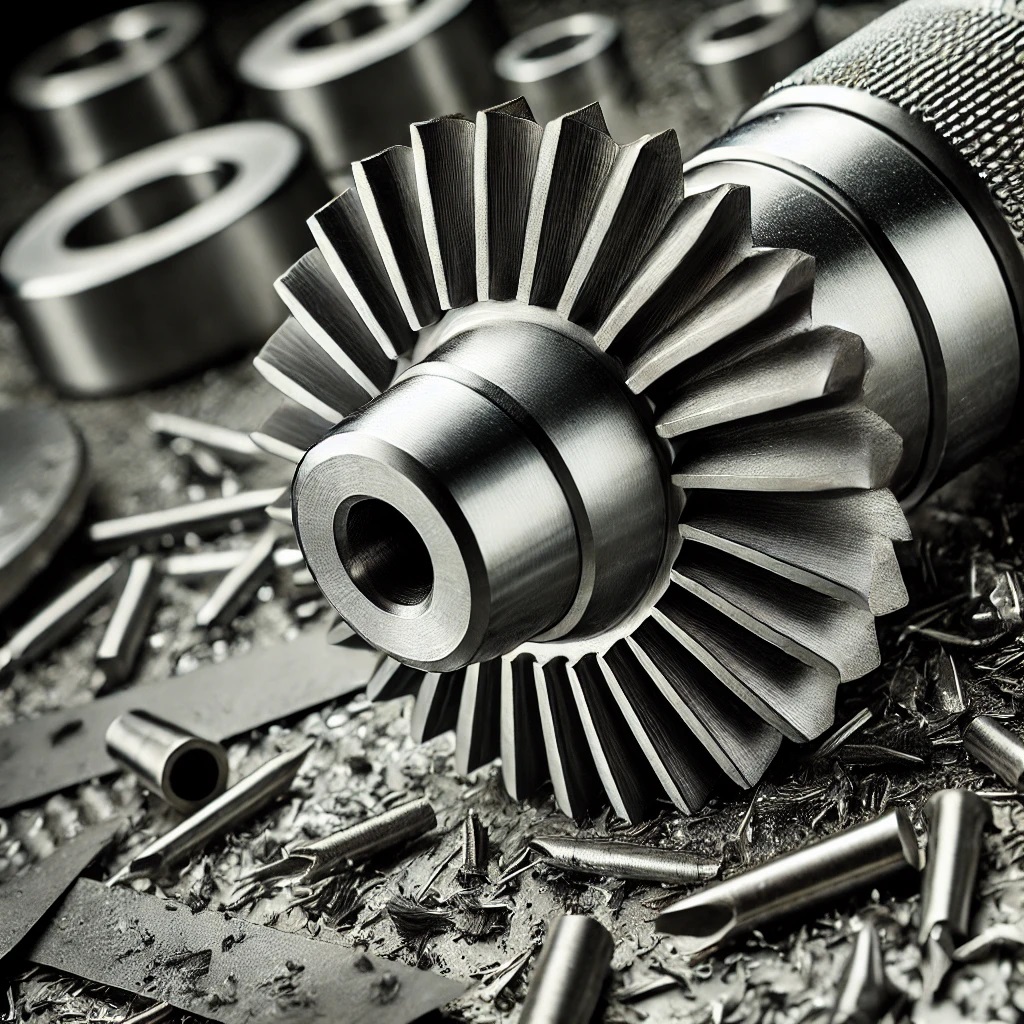
When working with metal, two essential tools often come into play: deburring tool for metal and grinding tools. Both are vital in finishing metal products, but they serve distinct purposes, operate differently, and offer unique benefits. Understanding the differences between these tools can help in selecting the right tool for the task at hand.
1. Purpose and Functionality
- Deburring Tool:
- Primary Purpose: The main function of a deburring tool is to remove burrs, which are small, rough edges, or protrusions left on a metal surface after cutting, drilling, or machining.
- Application: Deburring tools are typically used for finishing processes, where precision is key, and the goal is to smooth out edges without removing too much material.
- Effect on Material: These tools are designed to be gentle, targeting only the burrs or imperfections without affecting the overall shape or surface of the material.
- Grinding Tool:
- Primary Purpose: Grinding tools are used for removing large amounts of material, shaping, and smoothing metal surfaces. They are more aggressive than deburring tools and are used for tasks like sharpening, polishing, or preparing a surface for further processing.
- Application: Grinding is used when significant material needs to be removed, such as in welding prep, surface leveling, or reducing the thickness of a metal workpiece.
- Effect on Material: Grinding tools can significantly alter the surface and shape of the metal, making them ideal for heavy-duty material removal.
2. Tool Design and Types
- Deburring Tool:
- Design: Deburring tools often feature a small, handheld blade or rotary cutters designed for precision work. These tools can be manual or powered, with some having interchangeable blades to accommodate different materials.
- Types: Common types include hand deburring tools, rotary deburring tools, and specialized deburring machines for industrial use. Each type is optimized for different levels of detail and scale.
- Grinding Tool:
- Design: Grinding tools are typically larger and more robust, featuring abrasive wheels, belts, or discs that are designed for high-speed operation. They can be bench-mounted or handheld, depending on the application.
- Types: Types of grinding tools include angle grinders, bench grinders, belt grinders, and surface grinders. The abrasive nature of these tools allows them to handle a range of tasks, from heavy-duty grinding to finer finishing.
3. Precision and Material Impact
- Deburring Tool:
- Precision: Deburring tools are highly precise, removing only the unwanted burrs or edges without affecting the surrounding material.
- Material Impact: Minimal impact on the material, focusing solely on improving edge quality and surface finish. This precision makes them ideal for delicate work and high-quality finishes.
- Grinding Tool:
- Precision: Less precise compared to deburring tools. Grinding is more about shaping and removing material rather than achieving fine details.
- Material Impact: Grinding can significantly alter the material’s surface and is not typically used for precision work unless paired with finer abrasives for finishing.
4. Common Uses
- Deburring Tool:
- Uses: Ideal for smoothing edges after machining, deburring holes, finishing the edges of sheet metal, and removing small imperfections on precision components.
- Industries: Widely used in aerospace, automotive, electronics, and manufacturing industries where surface quality is critical.
- Grinding Tool:
- Uses: Commonly used for sharpening tools, smoothing welds, removing rust, and preparing surfaces for painting or coating.
- Industries: Essential in construction, metalworking, and manufacturing sectors where rough material removal is necessary.
5. Operational Technique
- Deburring Tool:
- Technique: Requires a careful, controlled approach, often involving lighter pressure to avoid damaging the workpiece. The goal is to refine and polish the edges.
- User Skill: Operators need a steady hand and attention to detail to ensure the desired finish without overcutting.
- Grinding Tool:
- Technique: Involves applying more pressure and often working at higher speeds. The goal is to efficiently remove material or create a specific shape or surface texture.
- User Skill: Skill in handling the tool is essential to avoid excessive material removal or uneven surfaces.
Conclusion
In summary, while both metal deburring tools and grinding tools are vital for metal finishing, they serve different purposes. Deburring tools focus on precision, removing minor imperfections without altering the material’s shape, making them ideal for fine finishing work. In contrast, grinding tools are used for more aggressive material removal and shaping, suitable for heavy-duty applications. Understanding these differences ensures the right tool is chosen for the task, resulting in better quality and efficiency in metalworking projects.
